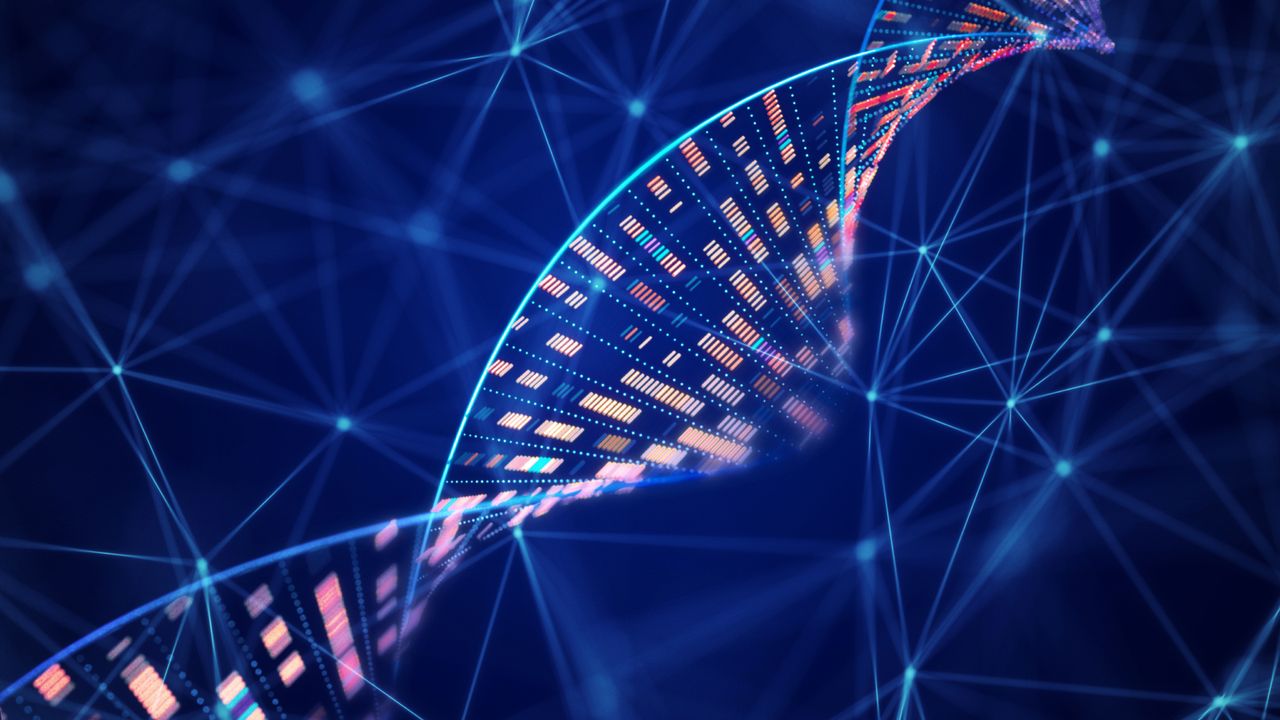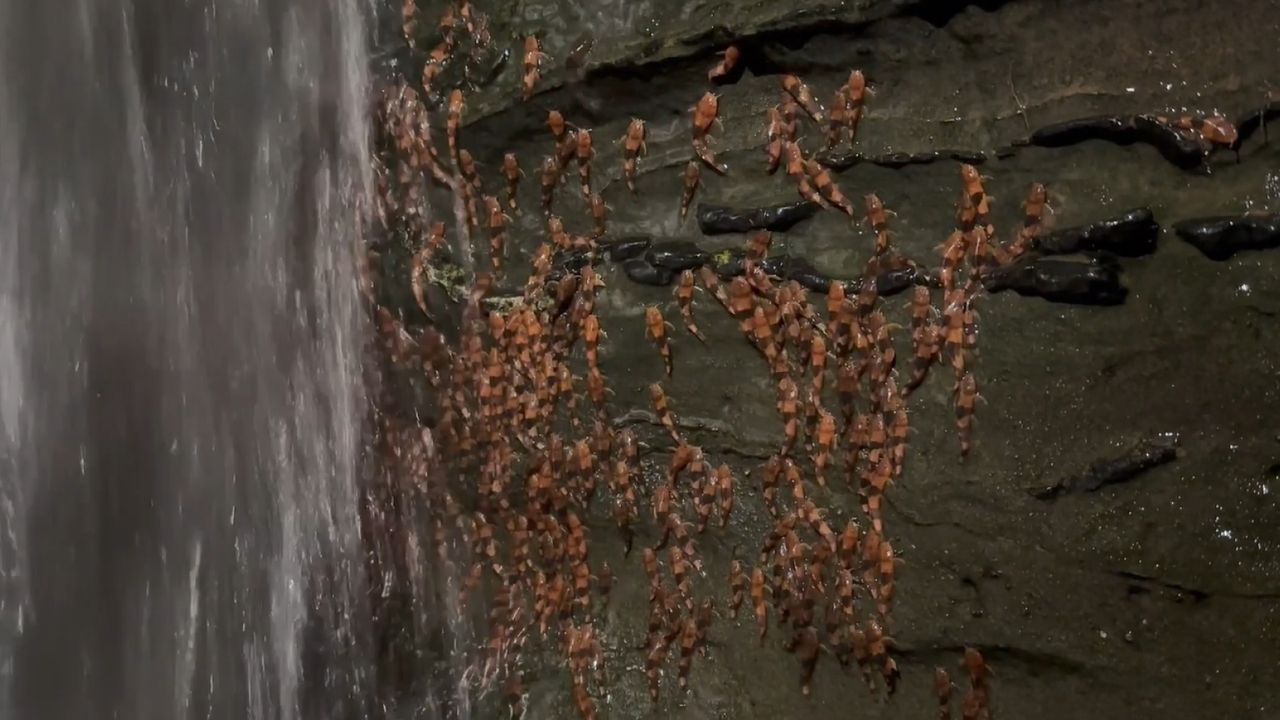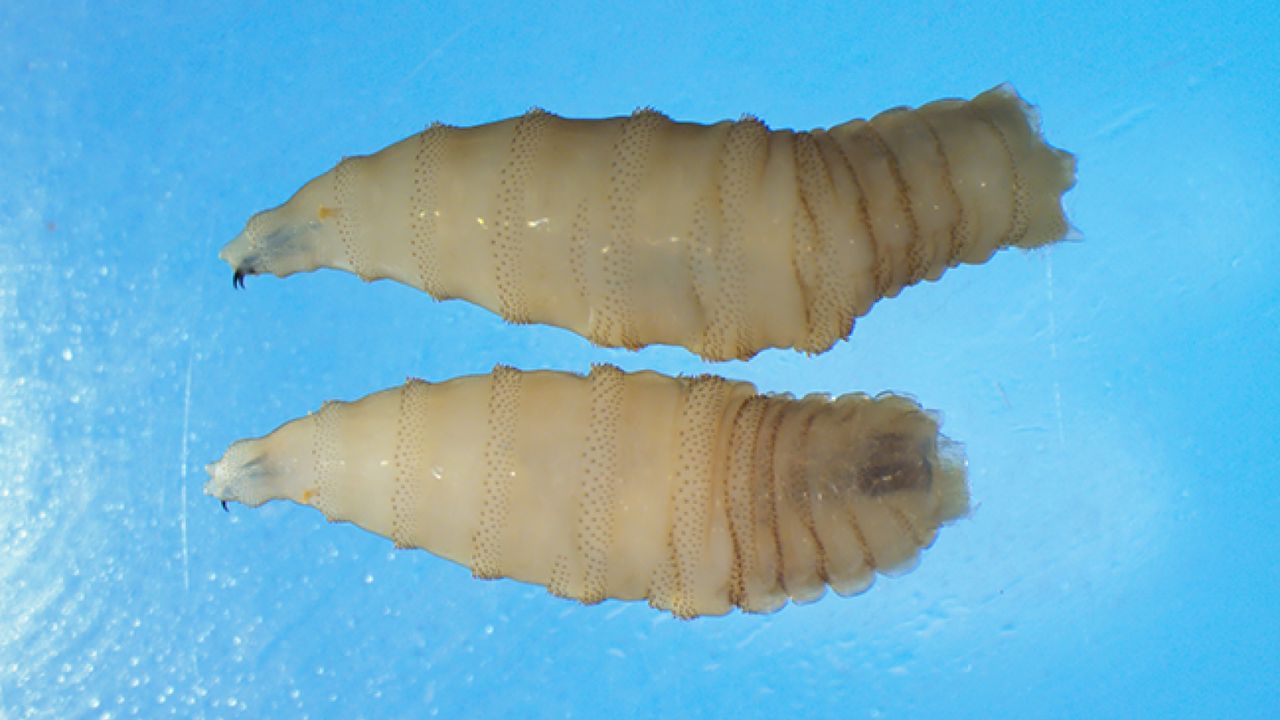Now Reading: Scientists Discover DNA ‘Coils’ Forming Under Pressure
-
01
Scientists Discover DNA ‘Coils’ Forming Under Pressure
Scientists Discover DNA ‘Coils’ Forming Under Pressure

Rapid Summary
- Scientists have discovered that structures in DNA previously identified as knots are often plectonemes, naturally occurring coils formed under torsional stress.
- The study used nanopores to pass DNA strands through an electroosmotic flow in a salty solution with high pH, creating torque that caused the DNA to twist and form plectonemes.
- Nanopores measure electrical signals disrupted by passing DNA strands to identify these structures. Plectonemes are larger (2,100 nanometers) compared to smaller actual knots (140 nanometers).
- Researchers confirmed torsional stress drives plectoneme formation by introducing breaks called “nicks” in the DNA strand,which reduced their appearance when tension was absorbed.
- These findings could have implications for understanding processes like transcription and replication of DNA within living cells.
- Future research may focus on differentiating nanopore-induced torsion from naturally occurring torsion in DNA.
!DNA molecular structure
Image credit: Yuichiro Chino/Getty Images
!Diagram of two types of tangles
Image credit: Fei Zheng
Indian Opinion Analysis
This breakthrough furthers our grasp on the behavior of genetic material under mechanical stress. For India-which has expanding biomedical and genomic research sectors-such studies can enhance genetic diagnostics and therapeutic innovations.understanding mechanisms like plectoneme formation may provide insights into gene regulation during vital processes such as transcription or replication, possibly benefiting studies on hereditary diseases prevalent here.
Additionally, affordable tools like nanopore technology align well with India’s growing interest in cost-effective genomic solutions for healthcare improvements. However,utilizing such advancements would require strong interdisciplinary collaboration between physics-based experimentalists and medical researchers across diverse institutions nationwide.
Read more at: LiveScience



























